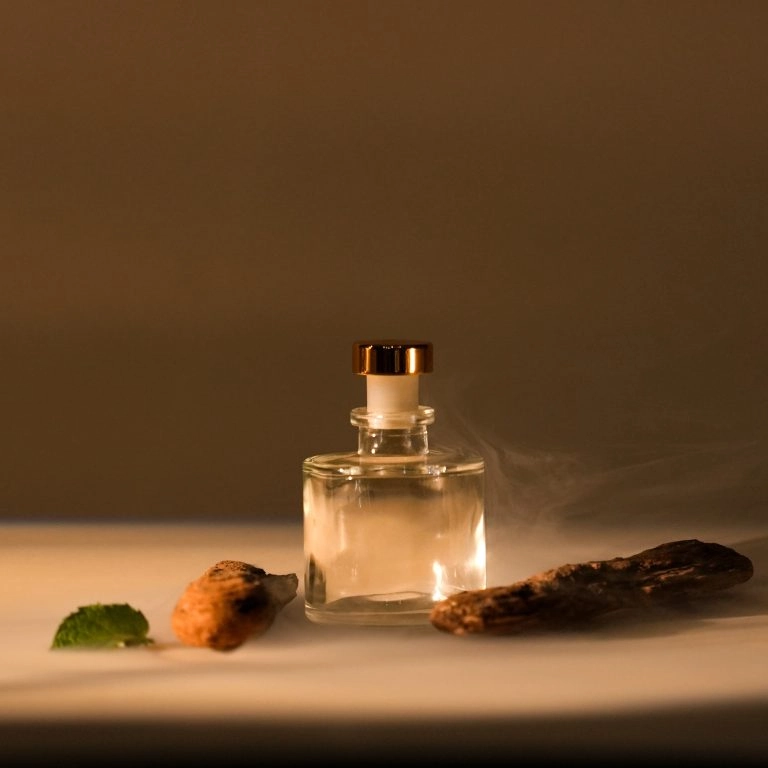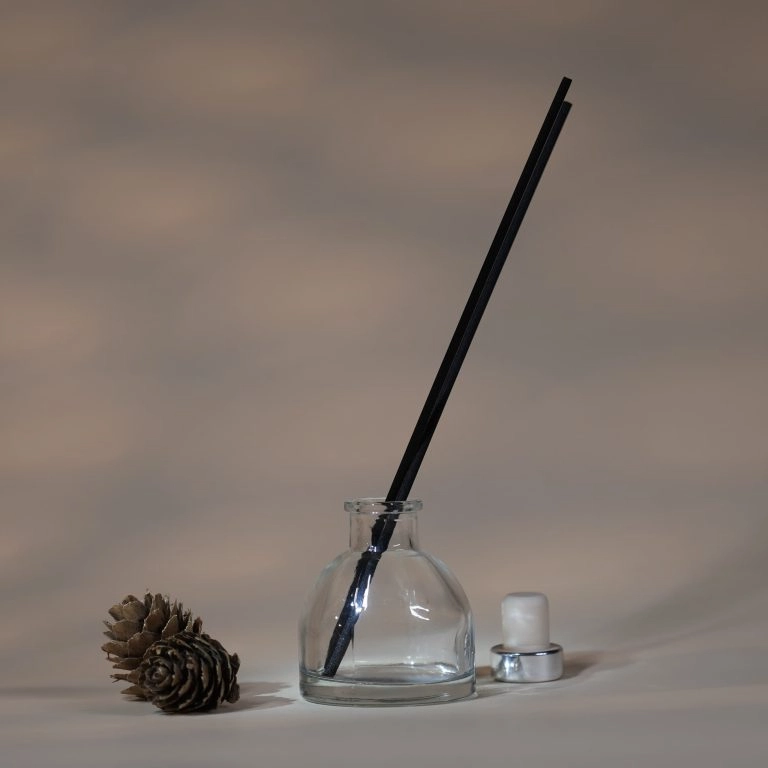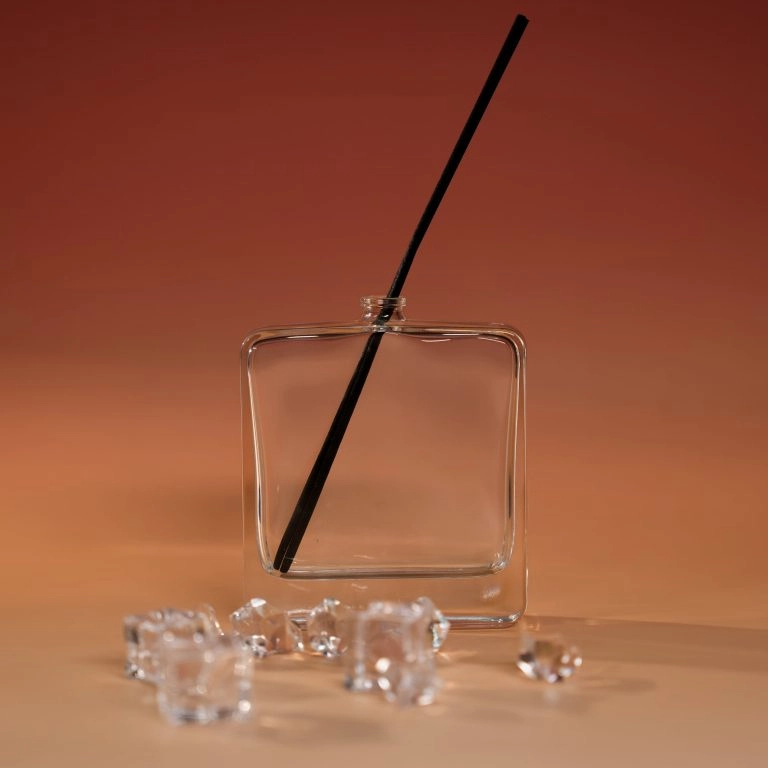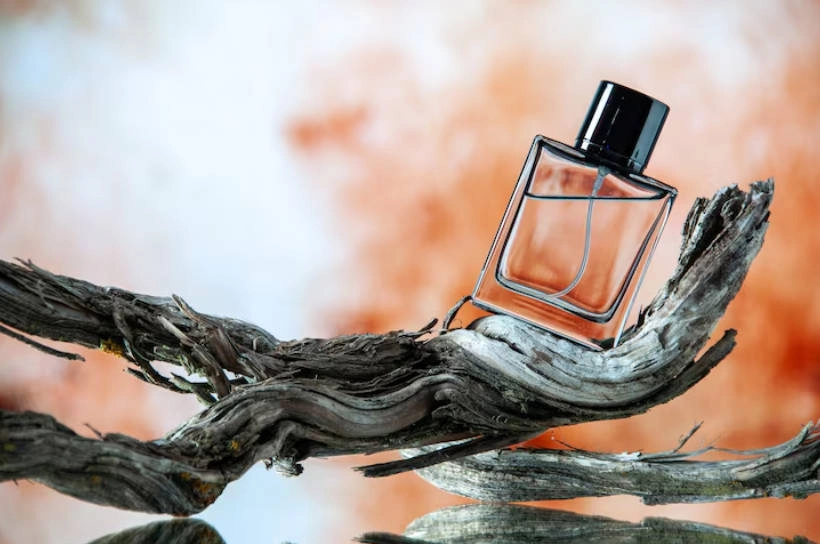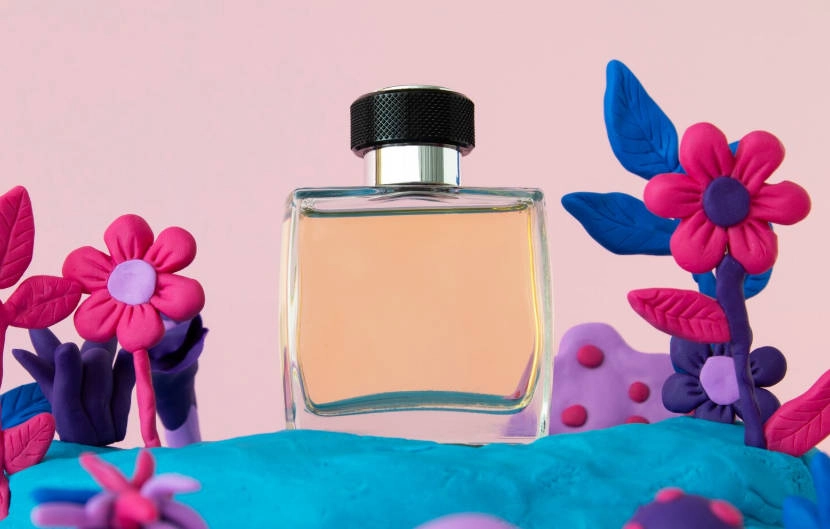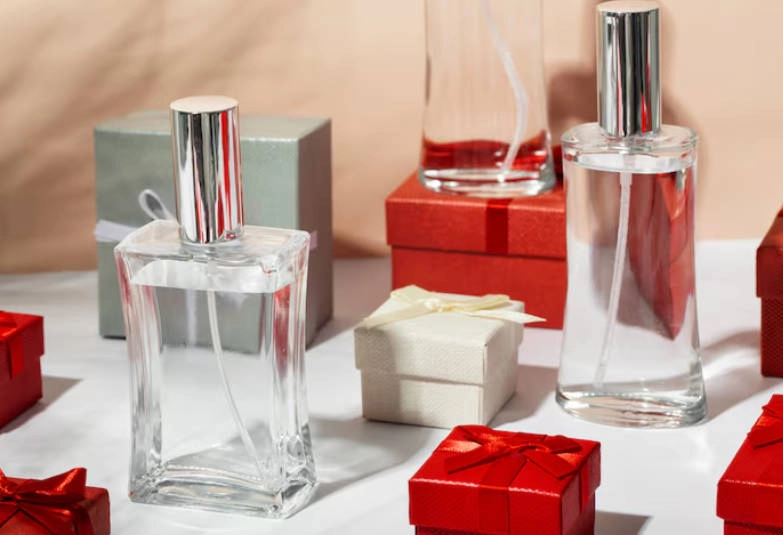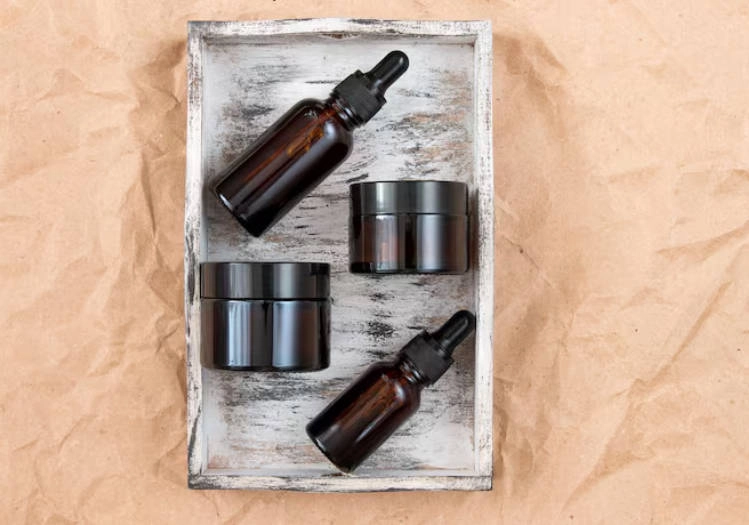Introduction: How Aromatherapy Bottles Have Changed
Aromatherapy bottles have evolved to blend usefulness, beauty, and cultural roots. Today’s designs focus on being eco-friendly, unique, and emotionally engaging. New bottles aren’t just about saving money or copying others. They aim to be sustainable, personal, and smart. These bottles enhance user experience while looking elegant and caring for the planet.
At Cosmoprof, a global beauty event, companies show off creative designs that mix technology with art. These bottles are more than containers. They tell stories and reflect what a brand stands for.
Historical Beginnings of Aromatherapy Bottles in the Middle East
The Role of Scents in Ancient Middle Eastern Life
The Middle East has always been a hub for aromatic traditions. Long ago, people like the Sumerians and Babylonians used essential oils for worship, healing, and daily care. The region had plenty of natural treasures, like frankincense and myrrh. These made it a center for aromatics. Special containers, often beautifully made, held these precious oils to show their value.
Early Materials and Techniques for Bottles
Early aromatherapy bottles used local materials. Clay was a favorite because it was easy to shape and widely available. Later, artisans turned to glass, a craft that shone during the Islamic Golden Age. New methods came from better tools and research. This led to fancier designs and better ways to store scents.
Influence of Islamic Art on Aromatherapy Bottles
Patterns and Writing on Bottles
Islamic art shaped aromatherapy bottles in the Middle Ages. Geometric patterns weren’t just pretty. They showed balance and precision, reflecting spiritual ideas.
At Cosmoprof, brands today borrow from these old designs. They mix modern styles with classic patterns. This appeals to people who love history and those who enjoy fresh looks.
Glass and Metal in Islamic-Era Bottles
Glassmaking truly flourished under Islamic rule. Methods like enameling and gilding crafted bottles that were true works of art. Brass or silver details made them more durable and attractive.
Today’s packaging world prioritizes four key things: protecting nature, visually appealing styles, emotions, and better efficiency. Modern bottles honor these old methods. They use eco-friendly materials like recycled glass or biodegradable alternatives.
Tracing aromatherapy bottles from their Middle Eastern origins to today’s Cosmoprof displays shows how design works. It connects old traditions to new ideas.
Meaning and Use of Early Bottles
Back then, aromatherapy bottles weren’t just practical. Their designs carried deep meaning. Shapes or patterns often tied to spiritual or cultural ideas. For example, some bottles looked like flowers or fruits to suggest abundance or sacredness. They also worked well, keeping oils safe from light and air to maintain their strength.
Transition from Traditional to Modern Aromatherapy Bottles
How Trade and Culture Shaped Bottle Designs
The move to modern aromatherapy bottles grew from trade, cultural blending, and shifting needs. The ancient Middle East prized precious scents like frankincense and myrrh. It was a major hub for trading essential oils worldwide. These oils required sturdy, attractive containers for travel to faraway markets.
As trade expanded, bottle designs evolved. Middle Eastern styles blended with ideas from Europe and Asia.
At Cosmoprof, today’s brands keep this tradition alive. They create designs inspired by many cultures while adding practical features. This makes bottles more appealing and meaningful to people who value both history and new ideas.
Changes in Materials Over Time
Materials for aromatherapy bottles have progressed significantly. Early on, clay was common. It was abundant and practical for holding oils. Later, glass became valued. This was especially true during the Islamic Golden Age. Advances in glassmaking allowed detailed yet useful designs.
Today, sustainability is vital. The packaging industry focuses on four key areas: protecting the environment, creative designs, emotions, and improved efficiency. Brands now choose eco-friendly materials. These include recycled glass or biodegradable plastics. This approach reduces environmental harm. It also maintains stylish bottles.
Meeting New Consumer Needs
What people want drives design changes. Today, buyers care about sustainability, personalization, and feeling connected. Aromatherapy bottles now offer custom options so users can make them their own.
New brands don’t just chase trends or big marketing. They focus on the “core”—products that solve real problems. This creates bottles that are useful and reflect a person’s style and values.
Contemporary Middle Eastern Aromatherapy Bottle Styles
Mixing Old and New in Modern Designs
Modern Middle Eastern aromatherapy bottles combine heritage with fresh ideas. They take inspiration from Islamic art’s geometric patterns and calligraphy. Yet they use streamlined, simple shapes. This mix honors the past. It also caters to modern tastes.
At Cosmoprof, brands demonstrate how they merge these concepts. Their designs resonate with people globally. They use modern manufacturing alongside classic patterns. This creates bottles that feel both timeless and new.
Eco-Friendly Trends in Bottle Making
Sustainability is now a key focus in packaging. Producers use single-material components. This makes recycling simpler. They also develop biodegradable options. Protecting the environment is a top concern. Companies seek ways to lower carbon footprints during production.
For instance, lightweight tubes and refillable vacuum bottles are trending. They decrease waste. Yet they keep their style and function. These innovations highlight the industry’s drive. They aim for products that eco-aware consumers appreciate.
How Technology Improves Bottle Craftsmanship
Technology makes aromatherapy bottles better. Tools like 3D printing allow custom shapes and textures. AI design tools study what consumers like to create bottles that feel personal.
AI helps companies innovate with precision. Data guides better designs. This boosts efficiency and ensures every bottle is high-quality and useful.
Final Thoughts: Aromatherapy Bottles in Everyday Life
Aromatherapy bottles are no longer just containers. They stand for wellness, elegance, and care for the planet. Their changes reflect bigger trends toward eco-friendliness and customization. They’re now part of daily life.
For those wanting top-notch aromatherapy bottles that mix craftsmanship with new ideas, Topone offers custom options for aromatherapy bottles. From picking materials to adding personal engravings, Topone makes bottles that fit individual needs while staying green.
Check out Topone’s amazing aromatherapy bottles service at Cosmoprof, where tradition and technology meet in aromatherapy packaging!
FAQ
Q: How have Middle Eastern aromatherapy bottles changed over time?
A: These bottles started out simple. Long ago, people used basic clay pots. Later, during the Islamic Golden Age, things got fancier. Glass bottles appeared with complex, detailed designs. Today? They mix old traditions with new stuff. Think recycled glass. The focus is now on being green, making things personal, creating emotional pull, and still working well.
Q: How did Islamic art shape these bottle designs?
A: Islamic art made a big difference. It brought in precise geometric shapes and beautiful calligraphy. These weren’t just pretty. They stood for balance and spiritual peace. Often, bottles showed verses from the Quran or bits of poetry. This added deep cultural meaning. Modern bottles haven’t forgotten this. They still use these patterns. They just blend them with today’s styles.
Q: Why does sustainability matter so much now in bottle design?
A: Being eco-friendly is crucial today. People really want products that care for the planet. So, modern aromatherapy bottles use better materials. Like recycled glass or plastics that break down naturally. This helps the Earth. Designers also add smart features. Lightweight tubes. Refillable options. These cuts down waste. And guess what? The bottles still look great and work perfectly.

